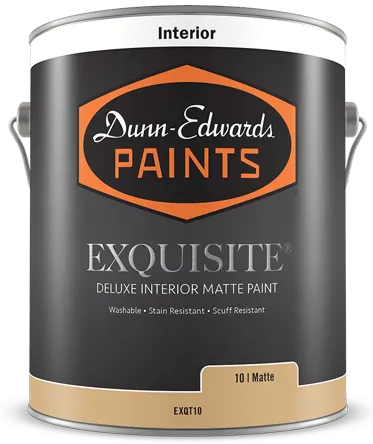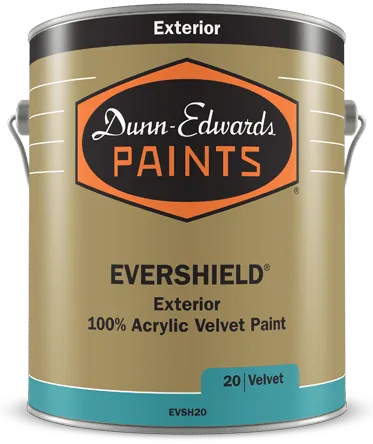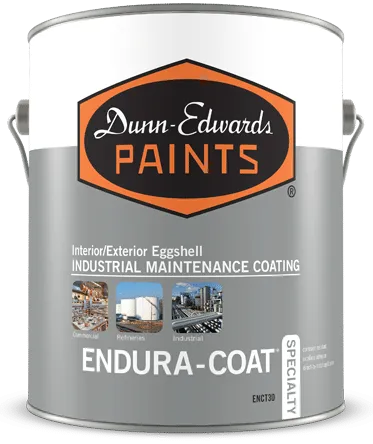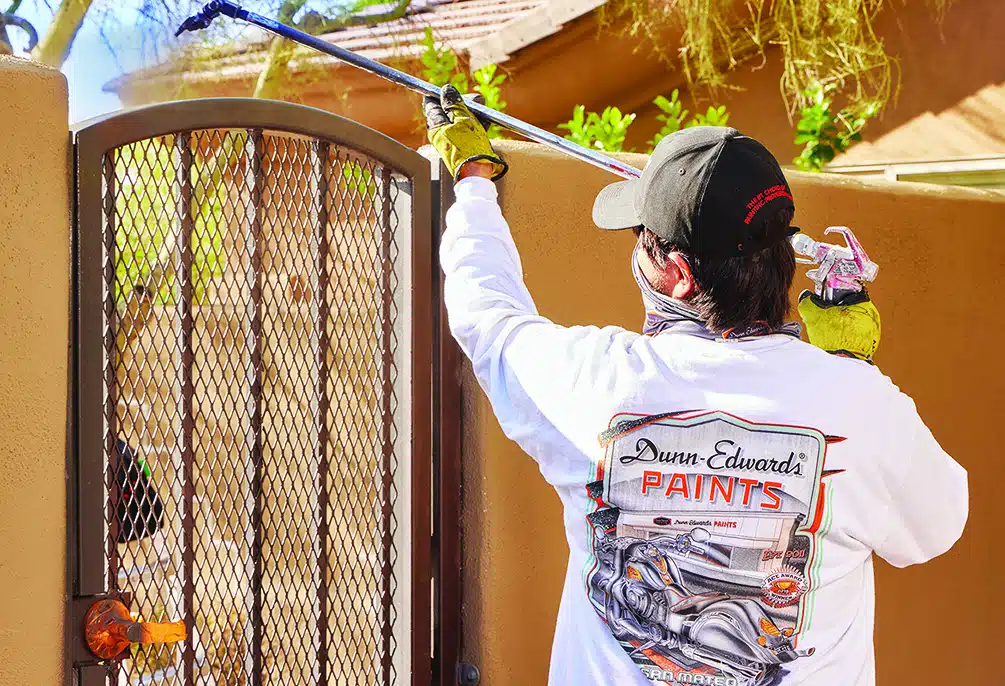Working with Elastomeric Coatings
08/25/2015 | Dunn Edwards |

When it comes to working with vertical exterior surfaces using the best elastomeric coating available is vital to a successful job. Ideal
for use on these types of substrates — such as stucco, concrete and concrete blocks — are the Dunn-Edwards lines of ultra-premium ENDURALASTIC™, which are 100% acrylic elastomeric wall coatings that provide exceptional flexibility, chalking and dirt pick-up resistance, bridge hairline cracks, as well as outstanding waterproofing protection against wind-driven rain. The ENDURALASTIC lines also provides excellent adhesion and outstanding alkali and efflorescence resistance on properly prepared masonry, making your job easier and your clients happier with the long-lasting results.
But what, really, are the differences between Elastomeric Wall Coatings (EWCs) and conventional paints?
First of all, due to EWCs’ performance properties, they are designed to apply at much heavier wet and dry film thickness compared to conventional paints, roughly about six to eight times thicker than regular paints. This is significant when it comes to durability. For example, EWCs usually cover about 50 to 90 square feet/gallon compared to 200 to 400 square feet/gallon for regular paints (can vary depending on surface and application method). This difference in thickness can be directly correlated to the performance properties of EWCs, which provide crack-bridging (up to 1/16”) and waterproofing protection against wind-driven rain.
When it comes to application, the differences become even clearer, as EWCs are generally applied by paint sprayer (minimum of 2 gallons per minute, due to product viscosity). The recommended spray tip size is minimum of .021, but can be larger depending the EWC being applied.
Best practices recommend to spray 75 percent of the recommended film-thickness to the surface and then backroll (with a thick-nap roller cover) while the surface is still wet. Then apply the remaining 25 percent of the recommended film-thickness to the surface. This will help ensure an even and uniform appearance. During and after application, it’s a good idea to use a wet film gauge to measure whether or not the optimal wet film thickness has been achieved.
EWCs can be applied by roller and brush, but it becomes more difficult to achieve consistent film thickness (recommended: 1 ½-inch nap roller). Also, labor costs are increased, as it takes longer to achieve recommended mil thickness.
So, remember, when it comes to vertical exterior surfaces, be sure you’re using the best coating for the job. You’ll be happier with the results— and your client will be, too!














